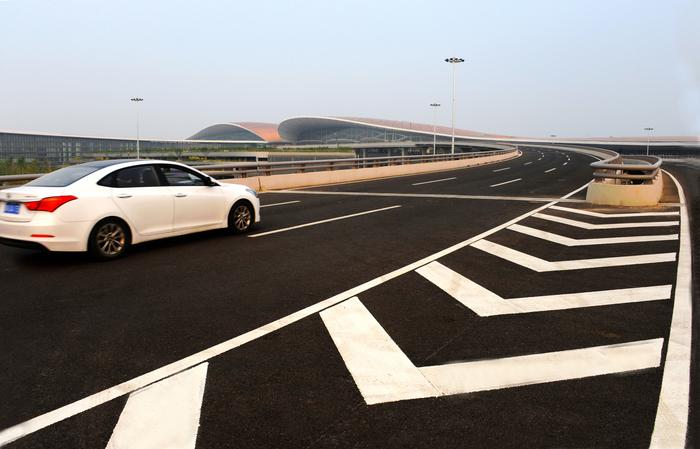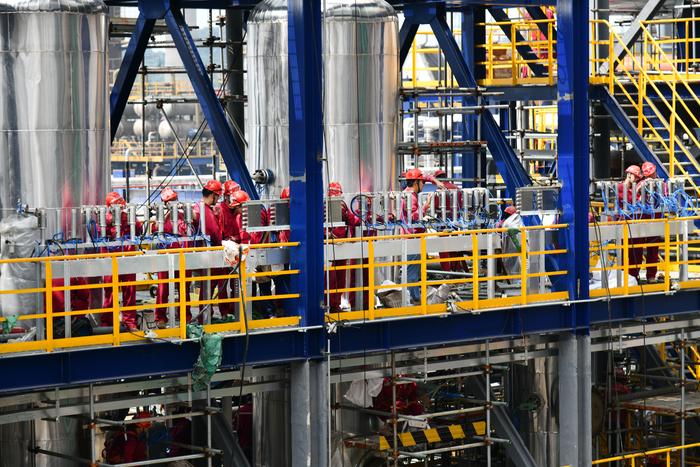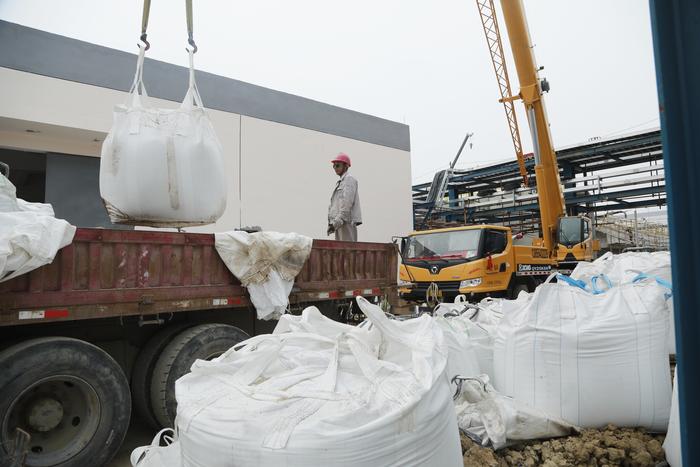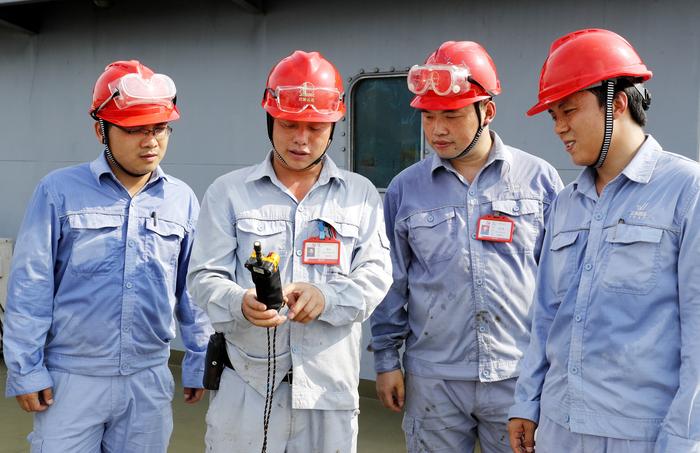|
| 2019-07-19 来源: 中国石化新闻网 |
| 石化新闻 |
|
中国石化新闻网讯 哈里伯顿服务公司日前宣布,公司最新推出的随钻测井(LWD)技术——3D油藏测绘技术,可以对复杂油藏的地下结构进行详细描述,从而改善井位布置。 哈里伯顿表示,三维反演是一种先进的油藏测绘技术,它揭示了一些易被忽视的特征,如断层、水带或局部结构变化,这些特征可以显著改变油井的最佳着陆轨迹。在地质导向应用中,该技术在绘制周围地层图的同时,最大限度地增加了与油气层的接触,以识别旁路石油,避免钻井危险,并规划未来的开发。 Sperry钻井副总裁Lamar Duhon称:“这项独特的技术超越了层状油藏模型,实现了对油藏的全面三维表征,从而实现了准确的井位布置。在复杂地层中,在3D环境中可视化数据有助于运营商显著提高对储层的理解,从而推动更好的钻井决策,实现资产价值最大化。” 哈利伯顿表示,3D能力源于EarthStar超深电阻率服务所进行的井下测量,这是一种LWD传感器,可以识别距离井筒225英尺(68米)以内的储层和流体边界。这一范围是其他行业产品探测深度的两倍多。 北海的一家运营商最近在一个有着悠久生产和注水历史的油田部署了3D技术。这些数据使运营商能够更好地评估储层流体的运动,并将断层边界可视化,从而能够更准确地确定井位,提高产量。 裘寅 编译自 离岸工程 原文如下: Halliburton Debuts 3D Logging-While-Drilling Tech A newly introduced logging-while-drilling (LWD) capability, 3D reservoir mapping, provides a detailed representation of subsurface structures to improve well placement in complex reservoirs, services company Halliburton announced. 3D inversion, an advanced reservoir mapping process, reveals overlooked features such as faults, water zones or local structural variations that can considerably alter the optimal landing trajectory of a well, Halliburton said. In geosteering applications, the technology maximizes contact with oil and gas zones while mapping the surrounding formation to identify bypassed oil, avoid drilling hazards and plan for future development. “This unique technology moves beyond layered reservoir models to full 3D characterization of the reservoir, enabling accurate well placement,” said Lamar Duhon, vice president of Sperry Drilling. “In complex formations, visualizing data in a 3D environment helps operators significantly enhance reservoir understanding to drive better drilling decisions and maximize asset value.” The 3D capability originates from downhole measurements taken by the EarthStar ultra-deep resistivity service, an LWD sensor that identifies reservoir and fluid boundaries up to 225 feet (68 meters) from the wellbore, Hallibrton said. This range more than doubles the depth of detection of other industry offerings. An operator in the North Sea recently deployed the 3D capability in a field with a long history of production and water injection. The data allowed the operator to better assess the movement of reservoir fluids and visualize fault boundaries, which supported more accurate well placement and increased production.
|








